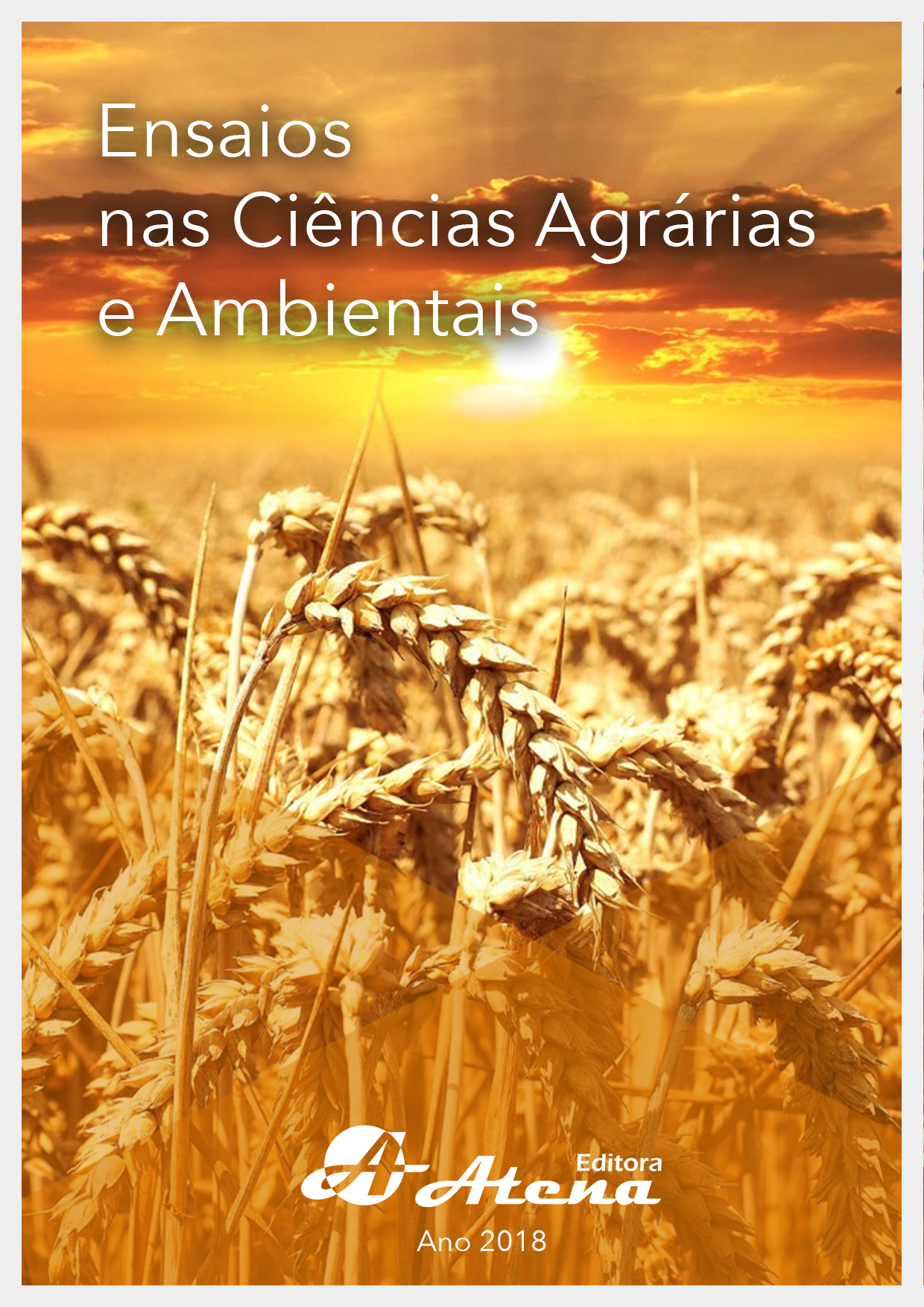
RELAÇÃO HIPSOMÉTRICA DE ESPÉCIES ARBÓREAS EM FRAGMENTO DE FLORESTA OMBRÓFILA DENSA NO RIO GRANDE DO NORTE, BRASIL
Objetivou-se avaliar a acurácia
de diferentes modelos hipsométricos para o
grupo de espécies arbóreas de maior Valor de
Importância (VI) em um fragmento de Floresta
Ombrófila Densa no Estado do Rio Grande
do Norte, Brasil. O levantamento florístico
e paramétrico da vegetação foi realizado
utilizando a metodologia de pontos quadrantes,
sendo alocados 175 pontos amostrais
ao longo de cinco transectos distribuídos
sistematicamente e distantes 15 m entre si. Em
cada ponto, definiram-se quatro quadrantes,
sendo mensurado e identificado em cada
quadrante o indivíduo arbóreo vivo mais
próximo ao centro do ponto que apresentasse
diâmetro a altura do peito (DAP) ≥ 3,18 cm. Em
seguida, foram testados diferentes modelos
hipsométricos comumente empregados na
literatura, visando identificar o modelo com
ajuste mais adequado para expressar a relação
hipsométrica de cada uma das espécies de
maior VI (valor de importância). Utilizou-se
como critério de seleção do ajuste dos modelos
os parâmetros estatísticos do coeficiente de
determinação ajustado (R2 aj.), o erro padrão
da estimativa absoluto (Sxy) e relativo (Syx%)
e a análise gráfica dos resíduos. O modelo
proposto por Curtis foi o que apresentou
os melhores parâmetros e estatísticas de
ajustes para o grupo de espécies de maior
VI no fragmento. Entretanto, cada espécie
apresentou comportamento diferenciado em
relação ao ajuste dos modelos hipsométricos,
que apresentaram baixos coeficientes de
determinação ajustado, indicando assim, baixa
correlação entre a variável diâmetro e altura.
RELAÇÃO HIPSOMÉTRICA DE ESPÉCIES ARBÓREAS EM FRAGMENTO DE FLORESTA OMBRÓFILA DENSA NO RIO GRANDE DO NORTE, BRASIL
-
DOI: Atena
-
Palavras-chave: modelos hipsométricos; espécies nativas; estimativas de altura; Floresta Ombrófila Densa.
-
Keywords: hypsometric models; native species; satellite height; Dense Ombrophilous Forest.
-
Abstract:
The objective of this study was to
evaluate different hypsometric models for the group of arboreal species of greatest
value of importance (VI) in a fragment of Ombrophilous Dense Forest in the State of Rio
Grande do Norte, Brazil. The floristic and parametric vegetation survey was constructed
with the use of a quadrants methodology, with 175 sample points being allocated along
15 transects systematically 15 m apart. At each point, four quadrants were defined,
being measured and identified in each quadrant of a living arboreal individual and near
the center of the view that presents the chest height (DBH) ≥ 3.18 cm. Then, different
models of hypsometric variables were tested in the literature, in order to identify the
model VI alterations. Use as a guide for adjusting the models of statistical parameters
of adjusted calculation (R2 aj.), The standard of the variable of absolute value (Sxy)
and relative (Syx%) and a graphical analysis of the residues. The model proposed by
Curtis was the one that carried out the best parameters and the adjustment statistics
for the group of species of greater VI in the fragment. However, the data sources were
adjusted according to the fit of the hypsometric models, which were adjusted according
to the adjusted frequency, thus indicating the difference between the variable diameter
and height.
-
Número de páginas: 15
- Luan Henrique Barbosa de Araújo


